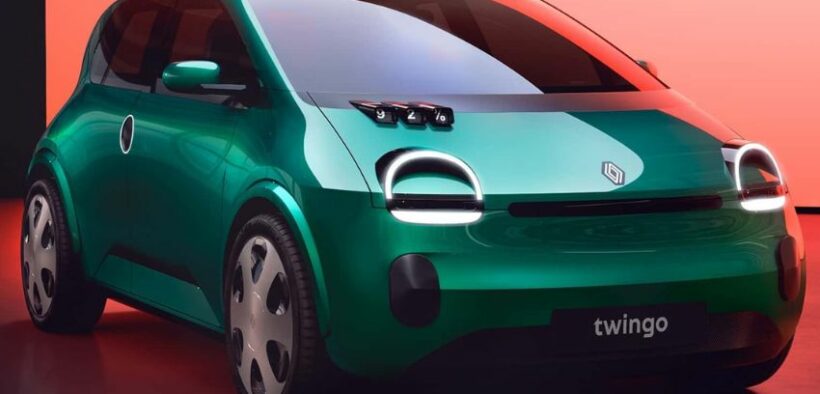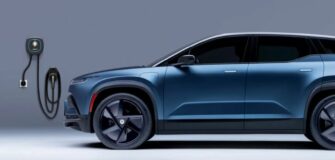2026 Renault Twingo Prototype Redefines Affordable Electric Mobility

In the ever-evolving landscape of electric vehicles (EVs), the spotlight now turns to Renault as it unveils its game-changing prototype—the 2026 Renault Twingo. Recently revealed during the Capital Markets Day event for Renault Group’s Ampere EV spin-off firm, the Twingo promises to be a retro-inspired, sustainable city car that not only captivates with its design but also signifies a leap forward in the quest for affordable EVs.
The Silver Bullet for Sustainability
Renault Group CEO Luca de Meo, describing the Twingo as a “silver bullet for sustainability mobility,” positions it as a pivotal player in the brand’s commitment to accessible EVs. Set to make its debut in 2026, the Twingo embodies Renault’s dedication to sustainability while ensuring affordability—a feat that could potentially rival Chinese counterparts in terms of price.
Designing for Sustainability
Engineered and designed in Europe, the 2026 Renault Twingo aims to redefine the cost dynamics of EV production. De Meo emphasizes a substantial 50% reduction in production costs compared to a new C-segment SUV. This achievement is attributed to a strategic focus on a software-driven platform, minimizing the need for extensive materials and parts.
A Glimpse into the Future
The Renault Twingo prototype, inspired by the brand’s original launch three decades ago, continues the trend of embracing retro names and styling elements seen in models like the Renault Mégane E-Tech, Renault Scenic E-Tech, 5, and 4. The few details provided paint a picture of a “fit-for-purpose urban vehicle with no compromise,” promising an impressive efficiency of 6.2mpkWh and 75%-lower CO2 emissions over the vehicle’s lifecycle compared to the average European ICE car sold in 2023.
Affordability at the Core
Priced at less than €20,000 (£17,000), the 2026 Renault Twingo aims to be not just an EV but an economical choice for the masses. Renault Group claims it will cost less than €100 (£87) per month, making EV ownership more accessible and appealing to a broader audience.
Ampere: Redefining the EV Landscape
The Capital Market Day not only marked the debut of the Twingo but also introduced Ampere, a standalone company within the Renault Group dedicated to designing, engineering, manufacturing, and marketing EVs in Europe. With a workforce of around 35,000, Ampere aims to achieve price parity between EVs and ICE vehicles, focusing on B- and C-segment models.
Ampere’s Ambitious Plans
Ampere’s lineup includes B-segment cars like the 5, 4, and Twingo, built on the Ampr Small architecture, and C-segment cars like the Mégane and Scenic using Ampr Medium architecture. The firm envisions a 50% reduction in battery cost, a 25% reduction in powertrain and platform costs, and a 15% reduction in upper-body vehicle costs for its second-generation bespoke C-segment EVs arriving by 2027/28.
European-Centric Focus
Ampere’s commitment to developing ‘software-defined vehicles’ tailored to European needs sets it apart. CEO Luca de Meo underlines the importance of cultural aspects in software usage, suggesting that this could be a differentiator compared to Chinese brands, aligning more closely with the preferences of European consumers.
Looking to the Future
The unveiling of the 2026 Renault Twingo prototype and the establishment of Ampere mark a significant chapter in the evolution of affordable and sustainable EVs. As Renault Group aims to sell around a million EVs per year by 2031, the Twingo sets the stage for a new era of electric mobility—one that is not only eco-friendly but also economically viable.
Conclusion
As the automotive industry steers towards an electrified future, the 2026 Renault Twingo prototype emerges as a beacon of change. With its promise of affordability, sustainability, and a touch of retro charm, the Twingo paves the way for a more inclusive electric driving experience. Renault’s commitment to making EVs accessible sets the stage for a future where electric mobility becomes a reality for all.









